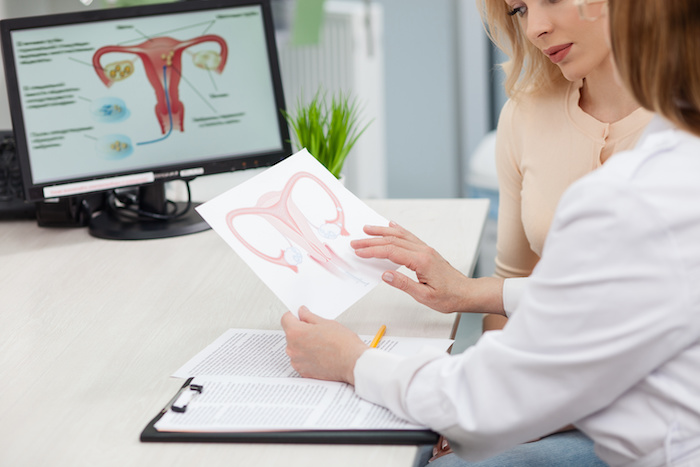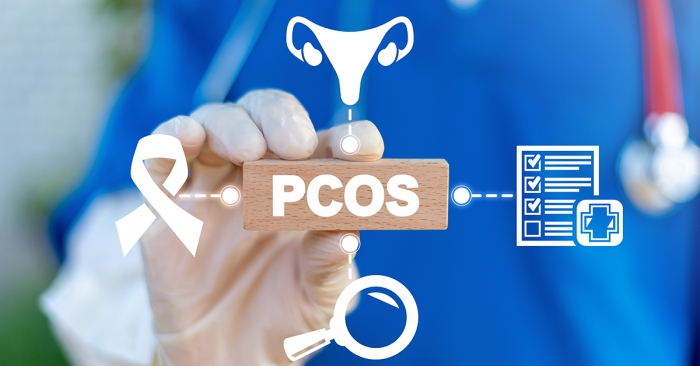There’s no doubt that sleep is one of the main foundations of health and wellness, which is why if you’ve been tossing and turning, it’s time to pay attention to some tips for better sleep. Our mood, energy levels, immunity, and overall health depends on regular, high-quality sleep. Not getting enough sleep puts us at risk for disorders and diseases like obesity, heart disease, strokes, and dementia. If you’ve been struggling with waking up in the night, insomnia, or other sleep-altering factors, consider some of our tips for better sleep.
The Importance of Sleep
As we previously mentioned, a poor or inconsistent sleep schedule can lead to various health, mental, and physical health implications. The recommended 7-9 hours of sleep allows your body to heal, repair, and rebalance itself. Our growth, development, and ability to fight off illnesses all depend on a regular, quality sleep schedule. Sleep is also fundamental in other stages of life, such as pregnancy. Getting adequate sleep while pregnant helps keep you and your baby healthy, leading to easier labor and delivery. A lack of sleep during pregnancy has been associated with several complications, including preeclampsia. Pregnant or not, here are some of our top tips for better sleep.
Tips for Better Sleep
Stick to a schedule
There’s a scientific reason behind the “sleep schedule” feature on your smartphone. Going to bed and waking up around the same time each day helps to reinforce your body’s sleep-wake cycle. As you’re getting used to a sleep schedule, allow your body time to readjust. If you don’t fall asleep within 20 minutes of going to bed, leave your room and do something that relaxes you, and only go back to bed when you’re tired. This will help soothe any anxiety or frustration that you feel lying in bed restlessly.
Create a relaxing environment
Bright lights, loud noises, and other distractions can take their toll on a restful night’s sleep. Optimum sleeping environments are typically quiet, dark, and cool in temperature. Earplugs, eye masks, and fans are all easy additions to help create a more relaxing environment.
Create a nighttime routine
Establishing a routine that helps relax you and prepare you for bed is a great way to improve your sleep. Drinking a cup of nighttime tea, reading a book, listening to calming music, and journaling are just some of the ways you can wind down from the day. Much of our day is spent focused on a screen, so it’s recommended you do your best to unplug as part of your nighttime routine.
Engage in daily physical activity
In most cases, your sleep is impacted by what you do during the day. Physical activity, especially outdoor physical activity, can help increase circulation and tire the body, making for an easier time falling asleep. Try to ensure that you’re not working out too close to bedtime, as this may give you a boost of energy that will make it more difficult to fall asleep.
Know when to contact your doctor
If you’ve tried all of these tips for better sleep and are still having trouble, it might be time to seek advice from your doctor. A healthcare professional can help you identify any underlying cause and help you with more specific treatment methods, from medications to more individualized lifestyle changes.
About Raleigh OB/GYN Centre
Raleigh OB/GYN has over 45 years of experience serving the women in our communities. We are here for you in every stage of life. If you have been struggling with getting enough sleep, especially during pregnancy, set up an appointment to talk to your doctor. You can schedule an appointment through our website or give us a call at (919) 876-8225.











